Musk oxen are some of the most impressive animals in Norway’s mountains. From ancient origins to modern-day safaris in Dovrefjell, here’s everything you need to know about these mighty Arctic survivors.
These magnificent creatures are a big attraction in central Norway’s Dovre mountains. Whether you spot them on a guided safari or from a train window, musk oxen are among the most remarkable animals living in the Norwegian wilderness.
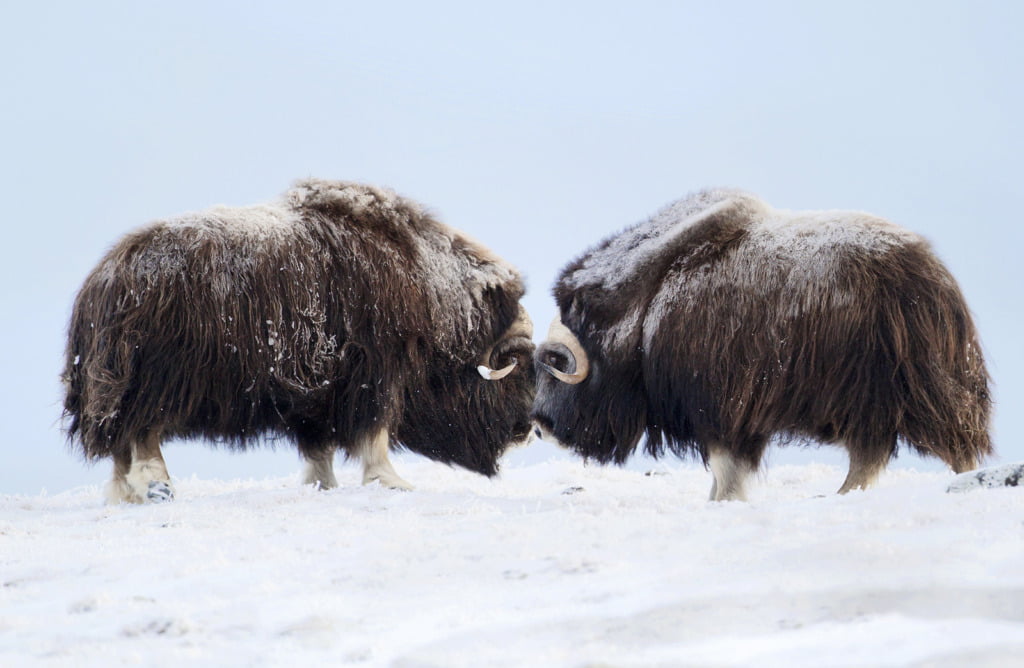
Native to the planet's Arctic region, the musk ox is known for its bulky build, thick fur and strong odour. But how did they get here, and what makes them so special? Here’s everything you need to know about Norway’s musk oxen.
The History of the Musk Ox
1. The musk ox is a truly ancient mammal. The musk ox is one of the oldest mammals still walking the planet today, having roamed the Arctic tundra for thousands of years. These sturdy animals lived in northern Europe, including parts of what is now Norway, around 20,000 years ago during the last Ice Age.
Although they disappeared from the region for a long time, they have a deep history tied to Norway’s prehistoric landscape. Their survival through the harshest climates makes them a fascinating relic of the Ice Age still alive today.
2. The musk ox was reintroduced to Norway from Canada. After thousands of years absent from Norway, musk oxen were reintroduced in 1932 using animals brought from Banks Island in Arctic Canada. This followed an earlier attempt near Ålesund in 1925 that sadly failed.
The Canadian musk oxen proved much better suited to life in Dovrefjell’s high mountain plains, and their descendants form the basis of today’s population. Thanks to this effort, Norway is one of the few places in Europe where you can see musk ox in the wild.
3. An attempt to introduce the musk ox to Svalbard failed. In 1929, a group of musk oxen was released on Svalbard to see if they could adapt to life in the high Arctic. Although they survived for several decades and were even spotted regularly, the population mysteriously disappeared by the 1970s.
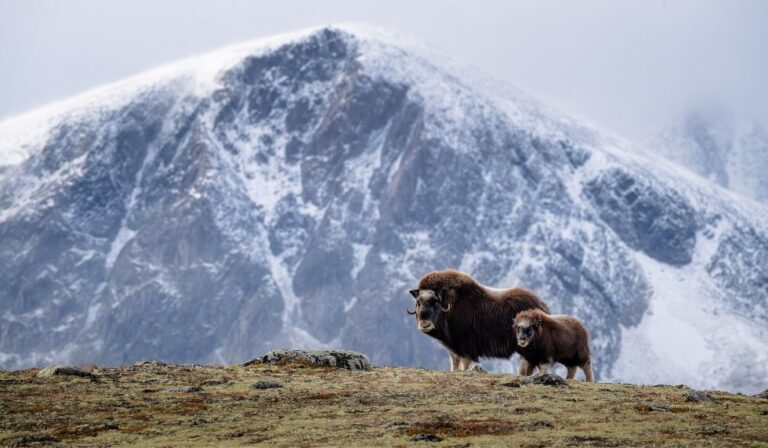
Harsh environmental conditions and possible hunting are believed to have contributed to their extinction there. Today, no musk oxen roam Svalbard, but other Arctic wildlife like reindeer and polar bears thrive.
4. The musk ox was hunted to extinction. Although the first reintroduction of musk ox in Norway was initially successful, things took a turn during World War II. The animals were heavily hunted for meat and fur during times of shortage, and by the end of the war, the entire herd had been wiped out.
It wasn’t until 1947 that another reintroduction effort brought musk ox back to Dovrefjell, where they’ve lived ever since. This history shows how vulnerable even large animals can be without proper protection.
5. Norwegian musk ox migrated to Sweden. In 1971, a small number of musk oxen wandered from Norway’s Dovrefjell across the border into Sweden. They established a small population in Härjedalen, the only place in Sweden where musk oxen have lived in modern times.
However, their numbers have always been limited, and sightings are rare. The Swedish population remains closely linked to the Norwegian herd, with some cross-border movement still occurring.
Characteristics of the Musk Ox
6. Musk oxen are as heavy as they look. These impressive animals are true Arctic giants. A fully grown adult male can weigh up to 450 kilograms, with females slightly smaller but still enormous.
Their thick fur adds to their bulky appearance, but much of their mass is solid muscle built for life in harsh mountain environments. Despite their size, they are surprisingly agile when they need to be.
7. The musk ox is peaceful but potentially dangerous. Musk oxen are generally calm animals and prefer to avoid humans when possible. However, if they feel threatened or cornered, they can become very aggressive and charge to defend themselves or their herd.
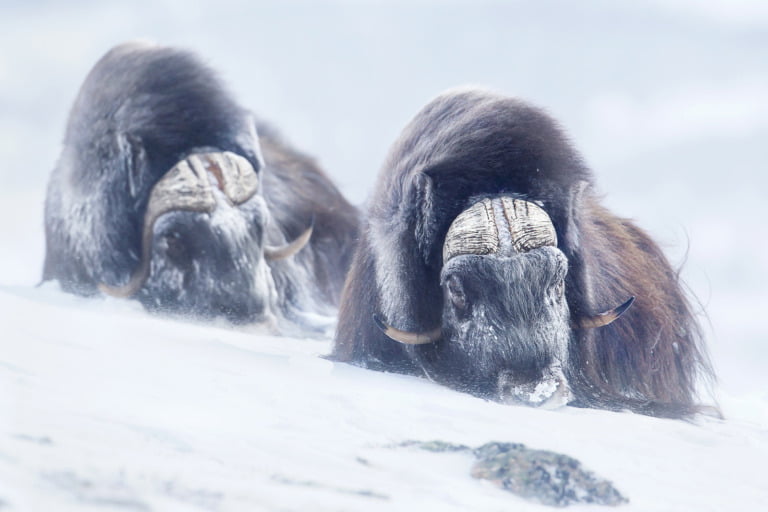
Such attacks can be deadly to humans, which is why a safety distance of at least 200 meters is strongly recommended. During the mating season, males are especially territorial and unpredictable.
8. Musk oxen can live surprisingly long lives. In the wild, a musk ox can live anywhere from 12 to 20 years, depending on environmental conditions and predator threats.
Their long, shaggy outer coat helps them survive freezing winters. They also live in tight herds that offer protection against predators, particularly wolves. Older individuals play a key role in leading and defending the herd.
9. Musk oxen are faster than they look. Despite their stocky build, musk oxen can run at speeds of up to 60 kilometres per hour when threatened. This is much faster than a human, making escape impossible if an animal decides to charge.
Their speed, combined with sharp horns, makes them formidable defenders when attacked. It’s one more reason to observe these animals from a respectful distance.
10. Musk oxen live in tightly knit herds. Musk oxen are highly social creatures that live in herds typically ranging from 15 to 20 individuals, though groups may be smaller in winter when food is scarce.
There is a clear age-based hierarchy among both males and females, with dominant animals leading the herd and protecting weaker members. These social bonds are vital to their survival in the wild.
11. Musk oxen have a unique way of defending the herd. When threatened by predators such as wolves, musk oxen form a defensive circle or line with their horns facing outward and calves protected in the middle.
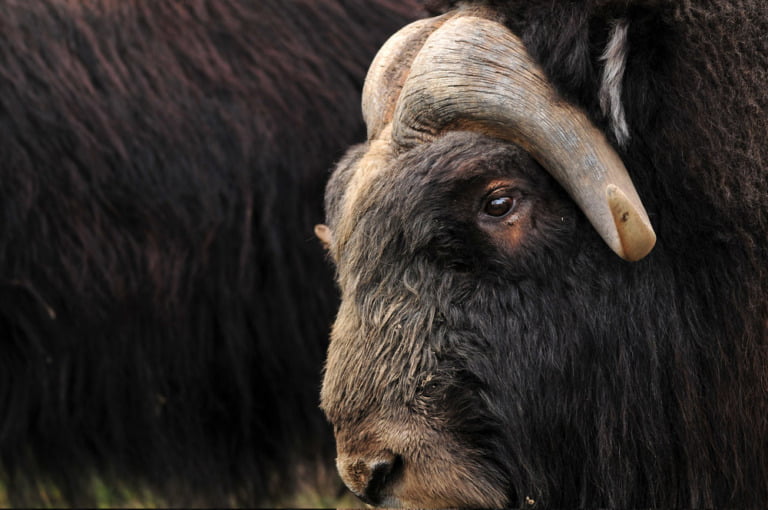
This famous “circle of defence” strategy helps them fend off attackers and has helped the species survive in harsh Arctic environments for millennia.
12. Musk ox wool, qiviut, is among the warmest natural fibers in the world. The underlayer of their fur, called qiviut, is incredibly soft, lightweight, and warmer than sheep’s wool.
Although musk oxen in Norway are not farmed for wool, in places like Alaska, qiviut is harvested sustainably and used to create luxurious garments that are highly prized for their warmth.
13. Their closest relatives are not what you think. Although their name suggests otherwise, musk oxen are not true oxen. They actually belong to the same family as goats and sheep, known as the Caprinae subfamily of Bovidae.
This makes them more closely related to animals like mountain goats than to bison or cattle. Their unique appearance, with curved horns and thick fur, reflects their special adaptations to Arctic life.
14. Musk ox calves are born in spring and grow quickly. Musk oxen give birth to a single calf in the spring after a gestation period of about eight months.
Calves are able to stand within hours of birth and are crucial to the herd’s survival, receiving protection from the entire group. By their first winter, they develop the thick coat necessary to endure the cold.
15. Musk oxen primarily feed on grasses, mosses, and lichens. Despite their size, musk oxen are herbivores with a diet mainly composed of Arctic grasses, mosses, and lichens. During winter, they dig through snow with their hooves and horns to reach buried vegetation.
Musk Oxen in Dovrefjell-Sunndalsfjella National Park
16. You can follow a designated musk ox trail in Dovrefjell. To make it easier — and safer — for visitors to spot musk oxen, a marked trail system was opened in Dovrefjell in 2017. The trail options of 4.5 km and 15 km start from Kongsvoll and Grønbakken, giving hikers a good chance of seeing musk oxen from a safe distance.
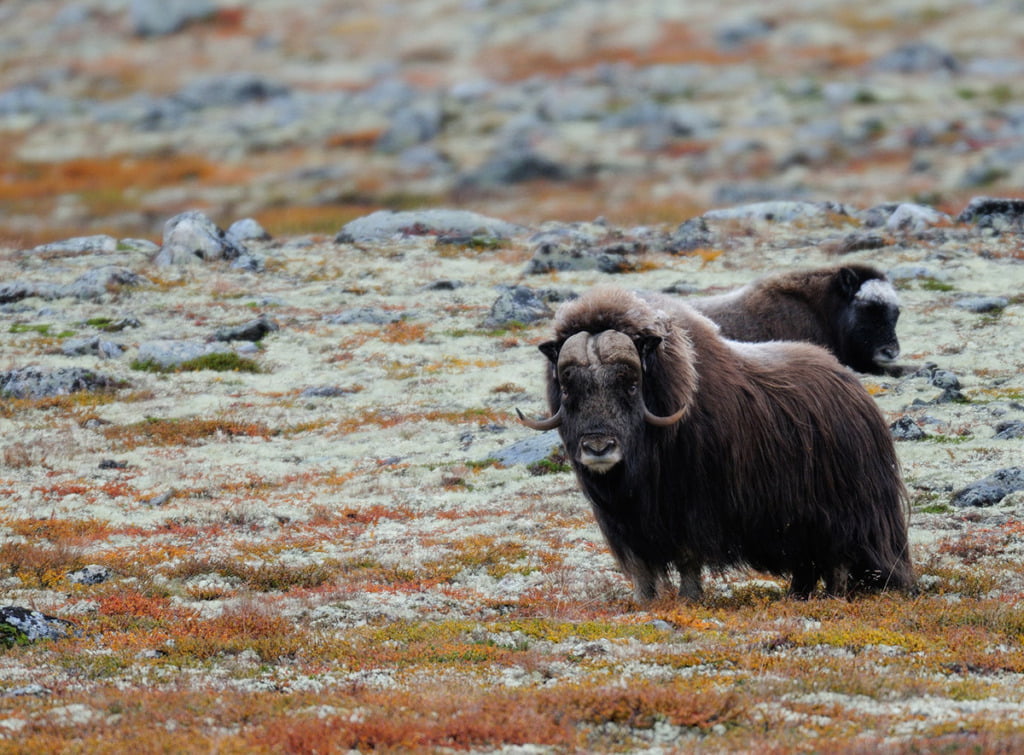
These trails also help protect the animals by keeping human activity contained. Following the trail reduces the chance of startling a herd and helps conserve their natural habitat.
17. The trail also helps protect wild reindeer. By following the marked musk ox trail, visitors also help protect Dovrefjell’s wild reindeer population. These reindeer follow ancient migration routes, such as through Stroplsjødalen, which can be disrupted by too many hikers wandering off-trail.
The musk ox trail keeps visitors in controlled areas and limits the environmental impact on other sensitive species. It’s a win-win for wildlife and tourists alike.
18. You can join a guided musk ox safari. For those who want the best chance of seeing musk oxen up close, guided safaris are available. These tours are led by experienced guides who know the animals’ habits and locations, increasing the likelihood of a safe sighting.
Guides also educate visitors on musk ox behaviour and how to approach them safely. Just be prepared for a long day of hiking, as musk oxen live in remote and rugged terrain.
19. Sometimes, musk oxen can be spotted from the train! For those less inclined to hike, there’s a chance to see musk oxen from the comfort of a train. The scenic Dovre railway line between Oslo and Trondheim passes through the heart of musk ox territory.
On rare occasions, herds can be seen grazing near the tracks, and train conductors sometimes announce sightings to passengers. So, keep your camera ready if you’re taking this beautiful journey through the Norwegian mountains!
20. Climate change is an emerging threat to Norway's musk oxen. Although musk oxen are well-adapted to cold, Arctic conditions, warmer winters and rain-on-snow events can create ice layers that make it difficult for them to reach vegetation.
This has already led to population declines in some parts of their range, although the Dovrefjell population remains stable for now.
Have you ever seen one of Norway's musk oxen? Let us know in the comments below.

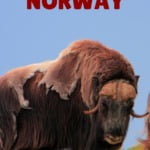

Only tame reindeer north of Dovrefjell. All wild reindeer are in southern Norway
Yes have seen them back in 2008 when was on a car trip in norway and we drove into a gravel road and saw them not long from the road on the other side of a river.. 2 adults and 2 young ones together .. also took some photos I have on my external harddrive somewhere
Hello, my name is Herman de Jongh from the Netherlands. In 1988, 1992, 1994, 1997, 2006 and 2009 I have been on the Dovrefjell. More than 450 musk oxen sighted during visits. It remains a very fascinating animal.